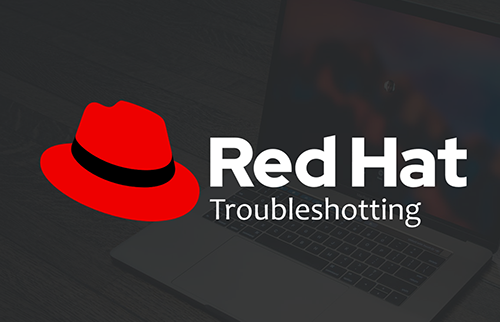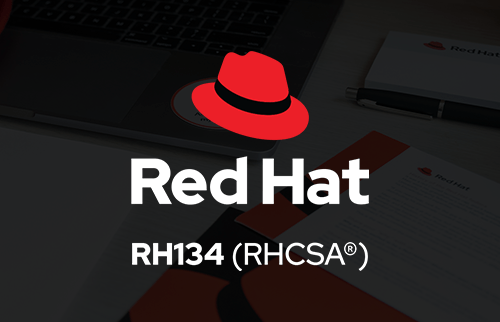Red Hat System Administration I
التقييم
المستوى مبتدئ
الشهادة
الاختصار RH124
وصف الدورة
Red Hat System Administration I provides a foundation for students wishing to become fulltime Linux system administrators by introducing key command line concepts and other enterprise-level tools. These concepts are further developed in the follow-on course, Red Hat System Administration II (RH134).
There are no formal prerequisites for this course; however, previous operating system administration experience will be very beneficial.
- Introduction to the command line
- Managing physical storage
- Install and configure software components and services
- Establish network connections and firewall access
- Monitor and manage running processes
- Manage and secure files & file systems
- Administer users and groups
- Review the system log files and journal for issues
- Access Linux file systems
- Install and use virtualized systems
أهداف الدورة
Upon completion of this course, trainees should be able to:
- Access the command line
- Manage files from command line
- Create, view, and edit text files
- Manage local Linux users and groups
- Monitor and manage Linux processes
- Control services and daemons
- Control access to files with Linux file-system permissions
- Analyze and store log files
- Configure and secure the OpenSSH service
- Install and update software packages
- Access Linux file systems
- Manage Linux networking
الشريحة المستهدفة
IT professionals across a broad range of disciplines who need to perform essential Linux administration tasks including installation, establishing network connectivity, managing physical storage, and basic security administration.
Access the command line
Manage files from the command line
Get help in Red Hat Enterprise Linux
Create, view, and edit text files
Manage local Linux users and groups
Control access to files with Linux file system permissions
Monitor and manage Linux processes
Control services and daemons
Configure and secure OpenSSH service
Analyse and store logs
Manage Red Hat Enterprise Linux networking
Archive and copy files between systems
Install and update software packages
Access Linux file systems
Use virtualized systems
Comprehensive review






